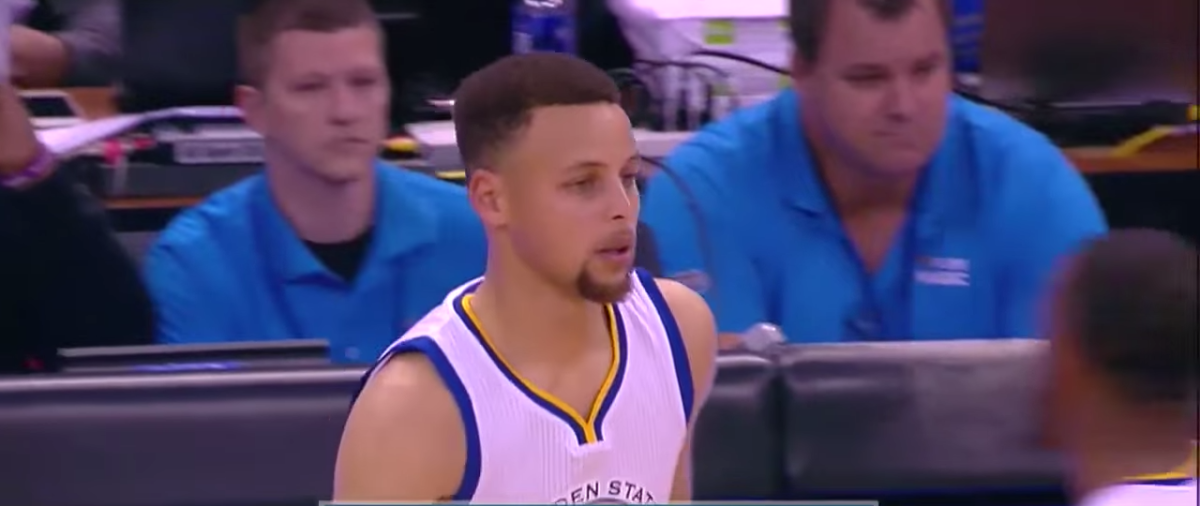When your body is your punch card at work, you can’t afford to be sidelined due to injury. Just ask Stephen Curry, the NBA MVP was recently side-lined with a knee sprain, to get back onto the hardwood ASAP, he recently underwent an under-the radar procedure. Pro athletes have always sought ways to stay healthy and have an edge over the competition. Everything from training devices to surgery is up for grabs. In particular, steroids and human growth hormone have been used and abused by athletes for their profound healing effects. In the same vain you may have heard about something called platelet rich plasma therapy or PRP. It’s a treatment used to combat muscle, joint, tendon and ligament injuries — think knee pains and strains. The process involves centrifuging the patient’s blood until it contains a concentrated mix of plasma cells and growth factors which is then then injected directly into the injured tissue. Lots of pro-athletes, Hines Ward and Troy Polamalu, have had the legal injection to get them back on the field. Then there’s what NBA champ Stephen Curry, as well as Kobe Bryant and MLB All-Star third baseman Alex Rodriguez have done to get back in fighting shape — Orthokine therapy.
So What Is It?
This therapy differs from the PRP in that Orthogen — the German company that created the procedure — uses a process where autologous conditioned serum (ACS) is generated by taking a sample of the patient’s blood and incubating it in the presence of etched medical-grade glass beads. The ACS is similar to the PRP in that it is still the patient’s own blood. The difference is the glass beads are used to grow immuno-factors, then spin down and re-injected into the affected joint or muscle (typically for treating arthritis or back pain). The second major difference: legality. Although the Word Anti-Doping Agency doesn’t have Orthokine on its banned substance list, it hasn’t been approved for use in the U.S. According to a story in the New York Post, Bryant, who had traveled overseas to get the therapy for his right knee and left ankle, recommended A-Rod fly to Germany for the procedure. That explains why both Kobe and A-Rod had to take a trip to Deutschland for beer and injections.
Does it sound too good to be true? If you are thinking ‘yes’, then you’re not far off. Although PRP therapy has been used for a number of years, it does have its short-comings in yielding results. A number of recent studies have begun to surface that question the efficacy of PRP. One such study compared whole blood, which has fewer growth factors, versus PRP in treating tennis elbow. The results indicate that treating injuries with whole blood was just as effective. As for the Orthokine treatment preliminary studies have found it to be more effective than the PRP. They stated that while the reason for the positive changes were not clearly apparent, the elevated amount of growth factors was significant and led to a clinical improvement. That means that it may work for you too, even though no one is really sure how.
What types of injuries can be treated using PRP and Orthokine?
PRP treatment works best for chronic ligament and tendon sprains/strains that have not healed with conservative treatment, including:
Rotator cuff injuries
Shoulder pain and instability
Tennis and golfer’s elbow
Hamstring and hip strains
Knee sprains and instability
Patellofemoral syndrome and patellar tendinitis
Ankle sprains
Achilles tendinitis & plantar fasciitis
Pains and Risks?
In all cases, the area being treated is first anesthetized, although the injection can still be painful. The risk with PRP and Orthokine come from the injection itself, as any injection can be. These include bleeding, risk of infection and the risk of nerve damage, although the probability is low. To get the maximum benefit from the treatment, and help prevent re-injury, a specially-designed home-based rehabilitation and exercise program is incorporated. This helps newly developing connective tissue mature into healthy and strong tendon or ligament fibers.
Interested yet? Well, let’s get down to the bottom line. How much does something like this cost? If Kobe, A-Rod and every other bad-ass pro-athlete are getting their blood spun, it must cost an arm and a leg right? Survey says: it’s expensive! According to Scientific American, springing for legal blood doping can run between $500-$2,000 big ones. Here’s the kicker: it’s usually done over three to six sessions, depending on the site and severity. Except for Medicare, PRP injections are covered by most insurance plans, though some require pre-authorization and in most cases it comes out of your pocket.
If conventional therapies haven’t worked for you and you decide to take the plunge, undergo some sort of physical therapy following the injection. It would help the newly developing connective tissue mature, strengthen and become resilient to re-injury.


